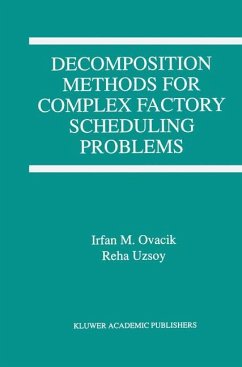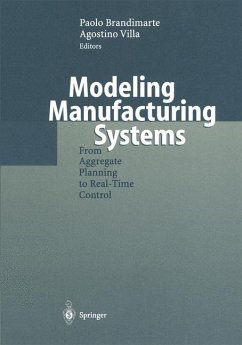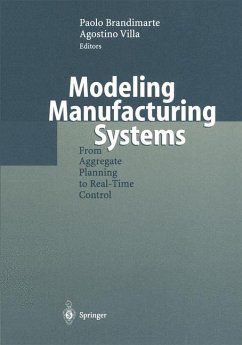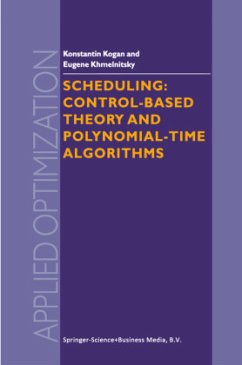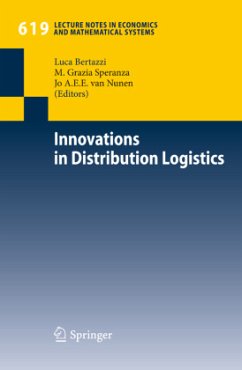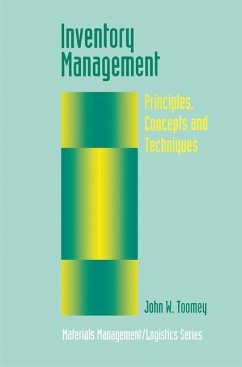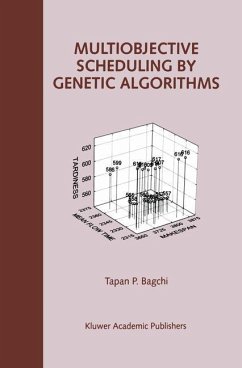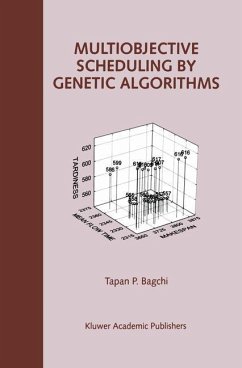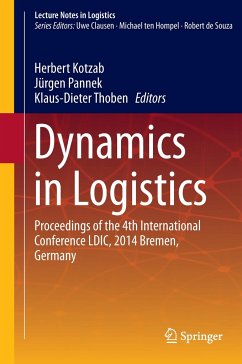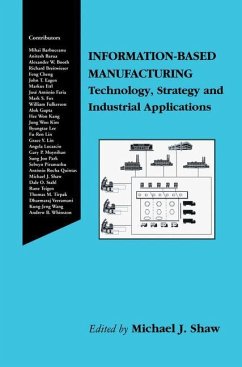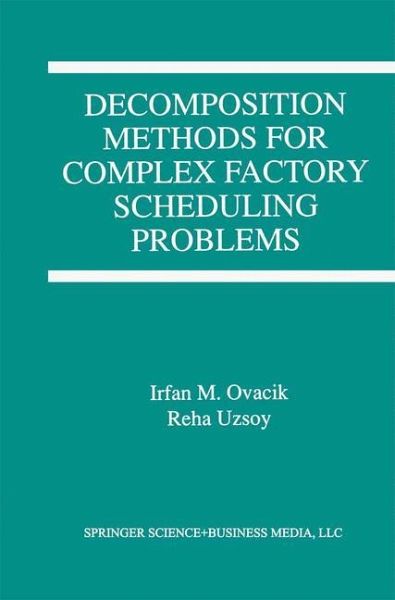
Decomposition Methods for Complex Factory Scheduling Problems
Versandkostenfrei!
Versandfertig in 6-10 Tagen
76,99 €
inkl. MwSt.
Weitere Ausgaben:

PAYBACK Punkte
38 °P sammeln!
The factory scheduling problem, that of allocating machines to competing jobs in manufacturing facilities to optimize or at least improve system performance, is encountered in many different manufacturing environments. Given the competitive pressures faced by many companies in today's rapidly changing global markets, improved factory scheduling should contribute to a flrm's success. However, even though an extensive body of research on scheduling models has been in existence for at least the last three decades, most of the techniques currently in use in industry are relatively simplistic, and ...
The factory scheduling problem, that of allocating machines to competing jobs in manufacturing facilities to optimize or at least improve system performance, is encountered in many different manufacturing environments. Given the competitive pressures faced by many companies in today's rapidly changing global markets, improved factory scheduling should contribute to a flrm's success. However, even though an extensive body of research on scheduling models has been in existence for at least the last three decades, most of the techniques currently in use in industry are relatively simplistic, and have not made use of this body of knowledge. In this book we describe a systematic, long-term research effort aimed at developing effective scheduling algorithms for complex manufacturing facilities. We focus on a speciflc industrial context, that of semiconductor manufacturing, and try to combine knowledge of the physical production system with the methods and results of scheduling researchto develop effective approximate solution procedures for these problems. The class of methods we suggest, decomposition methods, constitute a broad family of heuristic approaches to large, NP-hard scheduling problems which can be applied in other environments in addition to those studied in this book.





